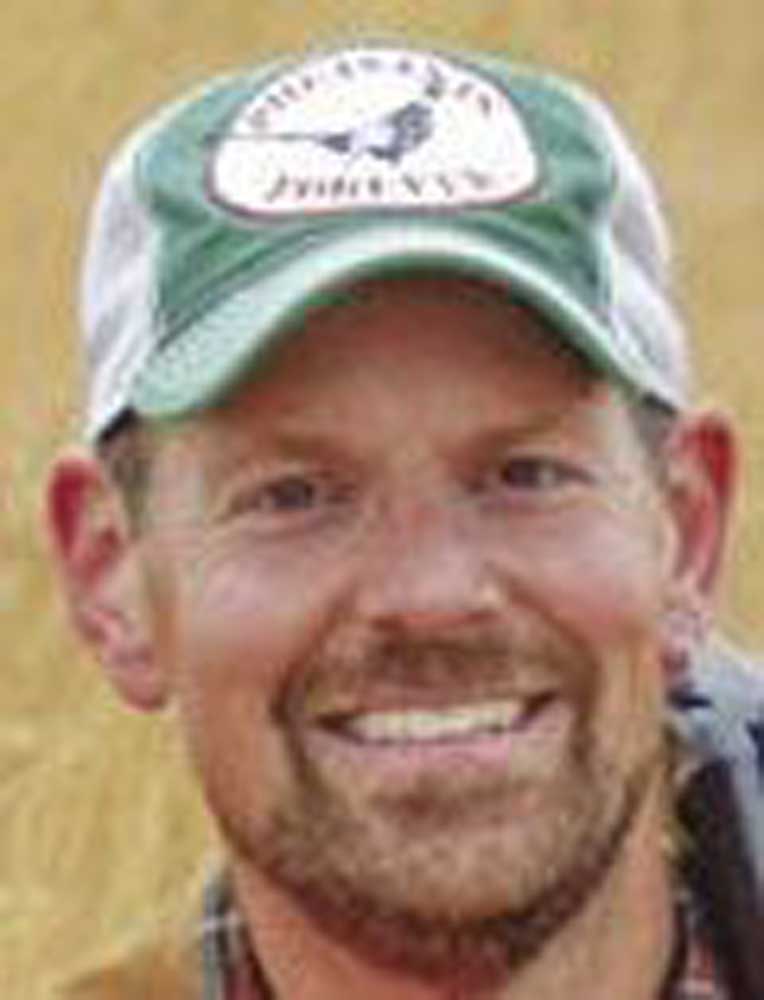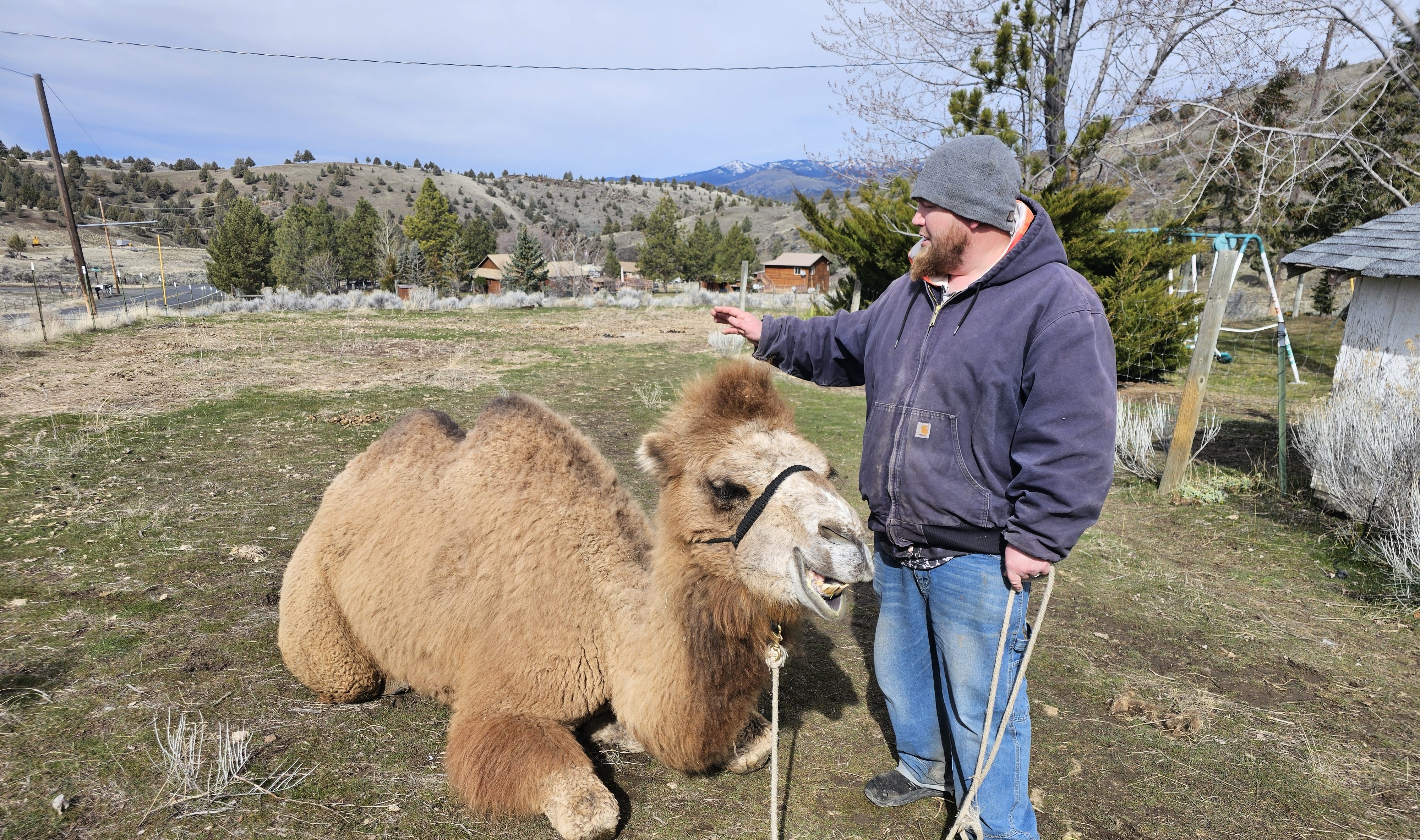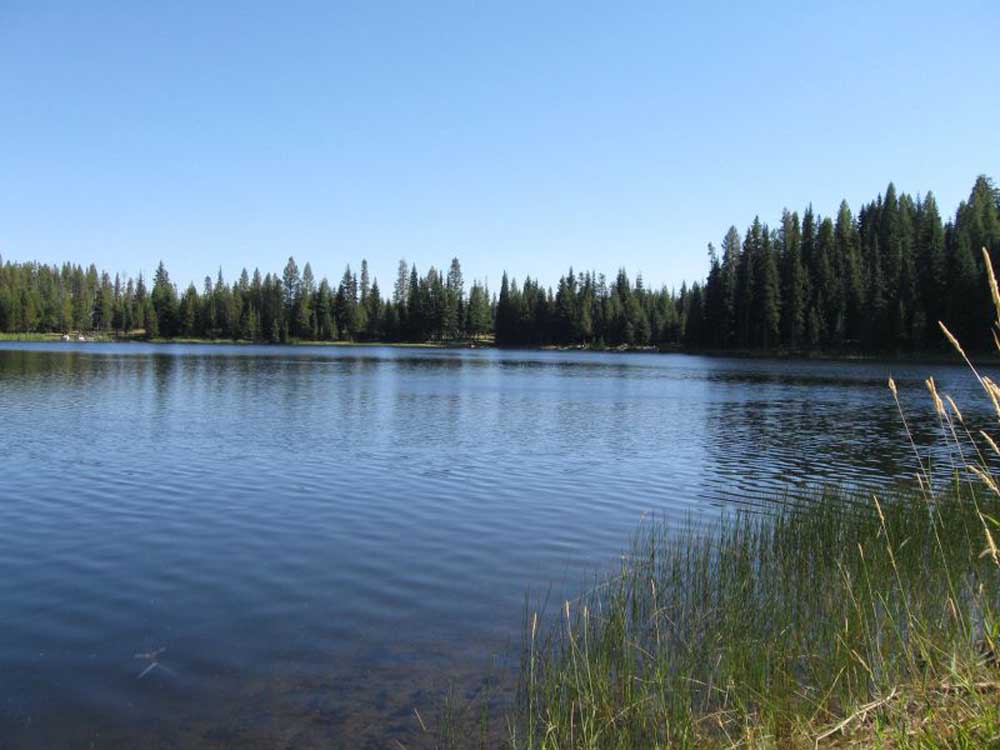Upland pursuits: Tips for taking better winter photographs
Published 3:00 am Saturday, March 18, 2023

- Trumbo
I awoke to find fresh December snow had fallen overnight. I had planned to work the dogs on pen-raised chukar this morning, which meant a trip to the lower pasture. I don’t spend much time in the lower pasture given it provides the best pheasant nesting and roosting cover on my little piece of land, but I was in for a treat when I pulled up to the gate.
I had mowed about one-third of the pasture in October to work on Canada thistle and reinvigorate the grasses. Given the late wet spring in 2022, the thickspike wheatgrass was nearly seven feet tall. With the gateway mowed open, the entrance appeared to be a portal into a secret creek bottom, hemmed in by the wheatfields rising above to the east and west.
A sapphire sky shone through dramatic clouds as the sun lazily crept toward the horizon. Behind the rusty tube gate, the massive silver maple that has stood watch over the pasture for a century appeared as the sentinel to the property. Dendritic locust branches and a few solemn evergreens wore the snow like a jacket. It was the early “blue hour,” and one of the best that I had seen in a while. For a brief moment, my weed-infested acreage seemed pristine.
To hazard a guess, at least 50% of my writing and photography revolves around upland bird hunting; however, the hunt is ancillary to being afield and experiencing the drama of the environment and landscape. The photos of the day are what I cherish more than any bird in the bag. My time outdoors is becoming increasingly focused on photography, and winter is a prime time to capitalize on unique lighting and landscape contrasts.
The early and late “golden hour” of the day is often sought after for landscape photography and warm, rich tones, but the “blue hour” — twilight — about 30 minutes before sunrise or after sunset provides the transition between day and night. A winter landscape beneath a blue sky will reflect that blue infrared wavelength producing dramatic, contrasting vibrance between the sky and the landscape. Varied terrain and vegetation, like mountains and evergreen trees, give the scene depth and intricacy, especially before and after snowstorms.
Winter scenes are also prime for black-and-white or monochromatic photos. The stark white snow with darker elements like evergreen trees, rocky mountains, and buildings provides a variety of contrasting textures and shapes. Foggy scenes can be manipulated in black and white to capture the mood far better than in color.
Wildlife photography, particularly birds, can be phenomenal on sunny days following snowfall or freezing fog. A snowy backdrop or spiky freezing fog ice crystals against a cerulean sky adds a natural vibrance to the plumage of birds like pheasants and house finches. The sophisticated capes of coyotes and foxes are evident as they pounce on vermin along weedy hillsides. The drab tones of short-eared owls and red-tailed hawks appear brighter in snow as well.
A few simple tips to be effective at winter photography are to keep batteries warm. Cold temperatures sap battery charge and the effects are exaggerated the colder it gets. Keeping them tucked in an inner coat pocket will ensure longer shooting time. Also, use a lens hood to protect the lens from condensation and snowflakes.
I recommend editing snow scene photos. Cameras often shoot for a mid-range gray tone to capture the average condition, but when shooting snow scenes, you may want snow and other features to appear bright white. Increasing exposure up to +1 point will whiten and brighten the scene, and this can be done with nearly any photo editing software, including that which is available on mobile phones. Additionally, increasing contrast will make landscape scenes more dramatic while decreasing contrast will reveal definition in images with focal features like plants, tree bark and branches, and worn fence rows.
When using cameras with manual and automatic focus, manual focus is important for capturing the desired focal point. Automatic focus may have difficulty in locking in on specific features in snowy scenes. Additionally, when using manual settings on the camera, the flash can be used to capture falling snow without readjusting the other aperture and shutter settings.
If aiming for wildlife, particularly animals not readily available at bird feeders, be sure to dress for the weather. Long waits can be expected when seeking just the right shot of a coyote pouncing or a rooster pheasant stepping out from cattails. Even songbirds can require patience when waiting for that one particular shot you have in mind.
Finding the motivation to roam outdoors in the cold and snow is a challenge, but winter photography can be rewarding with unique photo opportunities. Wake up early, pour a thermos of coffee, bundle up, and head out with your camera or mobile phone to capture the fleeting serene moments that occur solely beneath a blanket of snow.





